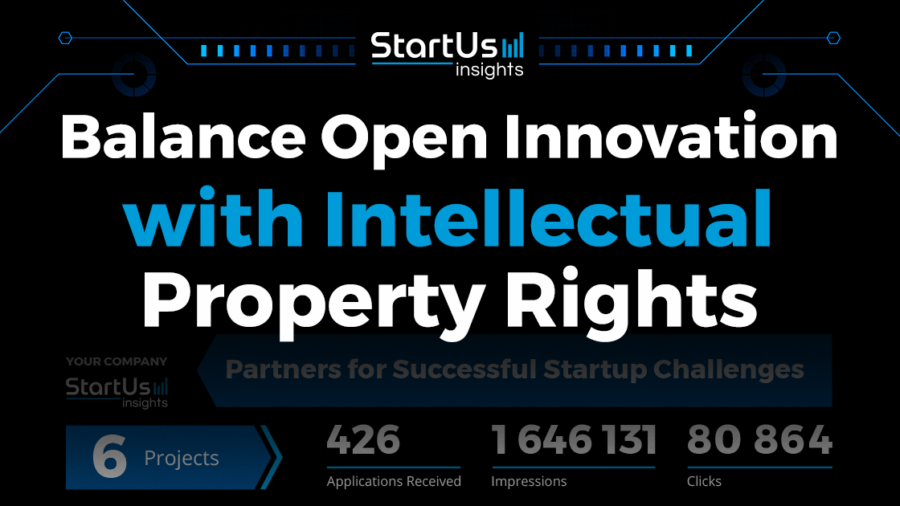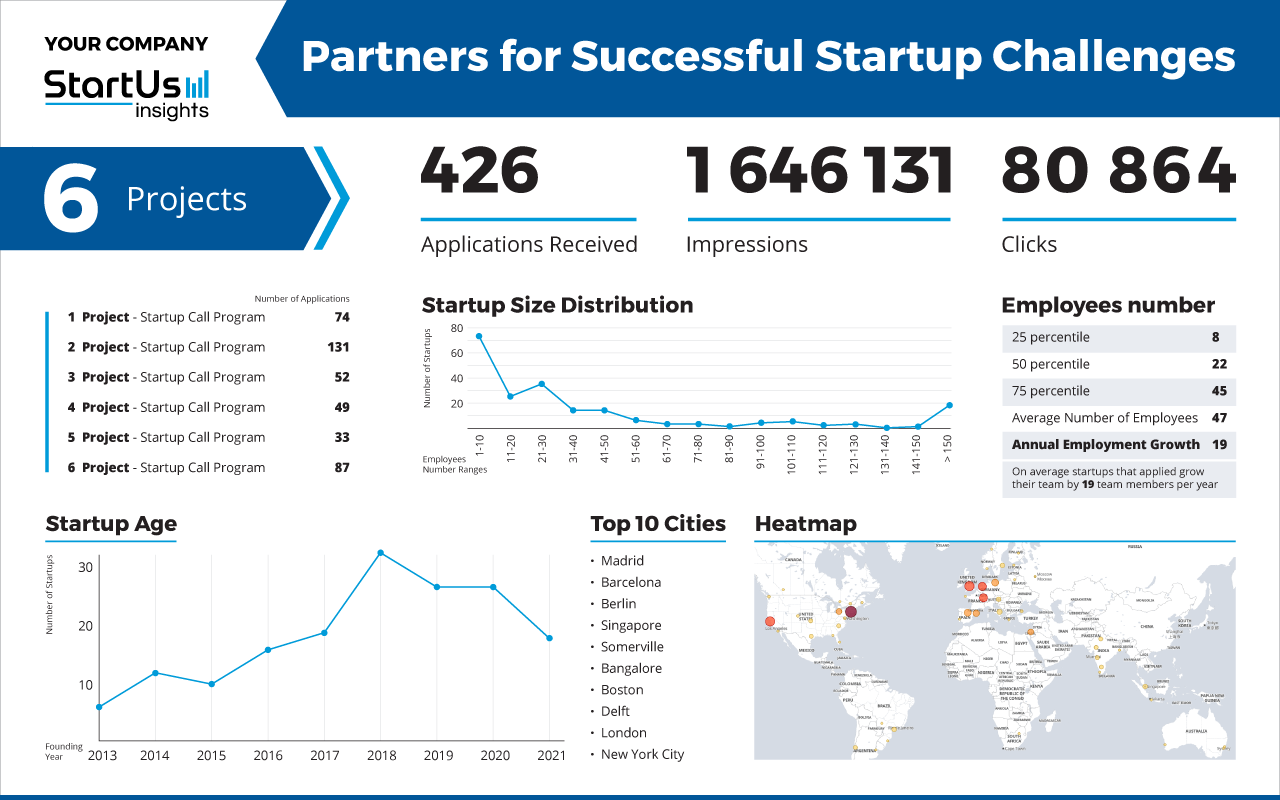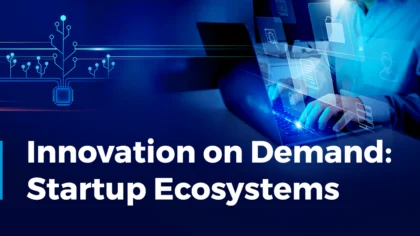Henry Chesbrough, the economist who coined the term open innovation, emphasized that “in a world where technology and product knowledge has been globally distributed, companies must look outside their R&D departments for sources of technology and innovation and growth.” As startup hubs come up globally and innovations across industries birth from the startup ecosystem, more companies are embracing the open innovation paradigm. This requires a shift from data silos and protective innovation strategies to collaborative models. However, this seems to put open innovation in conflict with intellectual property rights (IPR).
By definition, IP rights are about proving a company’s exclusive rights to a piece of technology. It is a competitive reward for their investment in research and development. Are IP rights contradictory to open innovation paradigms? In this article, learn why IP management and open innovation don’t need to be mutually incompatible.
Resolving the Conflict between IPR and Open Innovation
Compared to intellectual property, open innovation is a relatively new concept. Both are designed to encourage innovation. However, it is understandable why some legacy businesses, particularly in industries like pharma, may be cautious about it. Here are four ways companies can leverage their IP to benefit from open innovation:
Patent-centered Collaborations
In open innovation, companies work with other companies or promising startups and scaleups towards shared innovation goals. Being able to integrate a partner’s technology into their systems is, then, imperative to successful collaboration. It ensures that the products developed by startups are compatible with the infrastructure of its corporate partners.
Moreover, the documentation of a patent involves detailed specifications of the product or technology being patented. This makes it easy to frame collaboration agreements. It allows patent-owners to specify which parts of their technology their partners have access to.
Cross-licensing Agreements
Companies often license their proprietary technologies to other companies. For example, biotech companies that develop a therapeutic license it to pharma corporations that take it further. Another form of licensing involves two or more companies offering access to their technologies to each other. However, cross-licensing is hard to navigate in a competitive environment.
In an open, collaborative context, on the contrary, cross-licensing promotes innovation for all stakeholders. For startups working with larger companies, this provides greater confidence to them while providing the latter access to their proprietary data. It allows both players in a corporate-startup partnership to benefit from complementary technologies.
Open Innovation-specific IP Management
Companies use IP management to protect proprietary data, lower competitor risk, and stay compliant with different regulations. Traditional IP management practices were not set up with the data-sharing models of innovation management in mind. To effectively benefit from open innovation, companies need new IP management models that are tailored for open collaboration.
This allows companies to continue to grow their proprietary technologies while tapping into expertise from external players. One increasingly popular approach is industry-academia partnerships. Companies fund research in broad areas of research, allowing academic researchers access to their data and infrastructure, and gain access to the IP generated as a result.
Open Source Technologies
In recent years, many companies have opened up their patents to the public. Other companies have created successful business models based on open source technologies. How does providing everyone, including your competitors, free access to your technologies help you?
Companies often hold more patents than the product development lines they can pursue. In the absence of open innovation, many of them lie unutilized until the protection granted by the patent expires. By opening up patents that they have no plans to develop, companies hope to benefit from spillover effects. For example, more companies advancing technology could spur growth across the industry and might grow the demand for the company’s other products.
Grow your IP with Open Innovation
Beyond internal innovation, working with startups is a great way to spur innovation towards your business goals. With firmographic data on over 2,5 million startups and scaleups, the StartUs Insights Discovery Platform identifies the right startup partners for your innovation needs. Depending on your innovation goals, StartUs Insights offers a range of services:
- Startup Programs: Boost startup deal flow through data-driven promotion, direct outreach & storytelling that reaches hundreds of thousands of startups & scaleups, making sure you attract the most relevant ones
- Trend Scouting: Identify emerging and latent trends and developments that will impact your competitiveness
- Technology Scouting: Reveal emerging technologies that match your innovation goals
- Startup Scouting: Discover over 2,5 M startups & scaleups globally, scouting the right partners & saving you weeks of desk research





![15 Top Market Intelligence Software Tools [2024] | StartUs Insights](https://www.startus-insights.com/wp-content/uploads/2024/03/Market-Intelligence-Software-SharedImg-StartUs-Insights-noresize-420x236.webp)
![13 Top Female-founded Startups Globally [2024] | StartUs Insights](https://www.startus-insights.com/wp-content/uploads/2024/03/Female-Founded-Startups-SharedImg-StartUs-Insights-noresize-420x236.webp)
